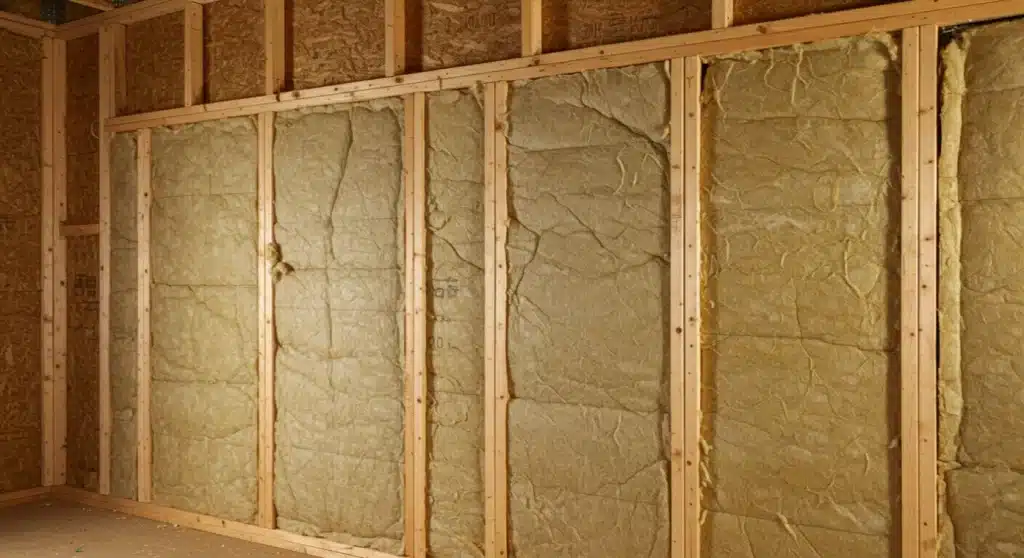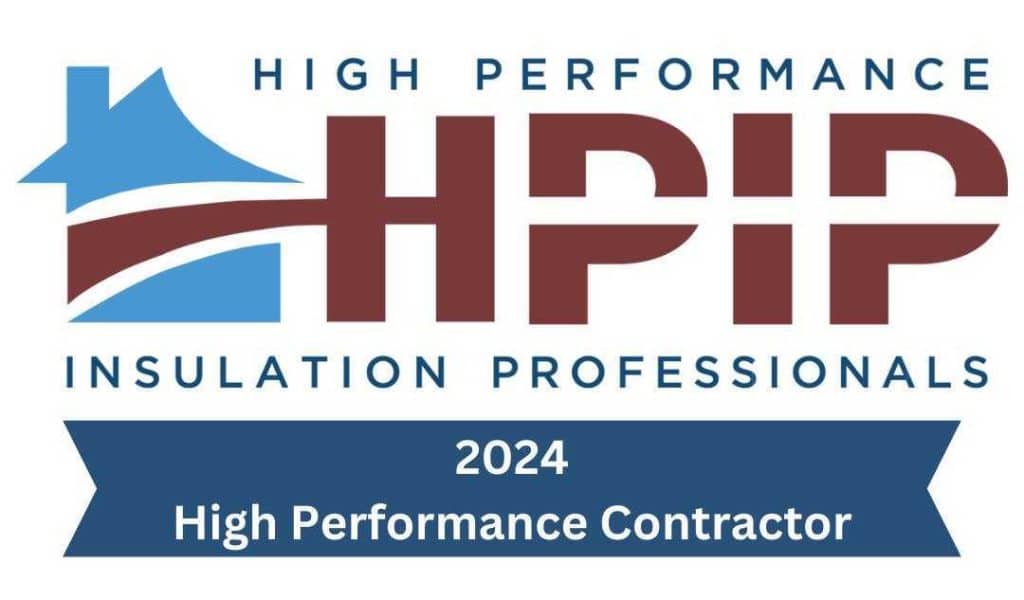Insulation thickness directly influences energy savings by reducing heat transfer through walls, ceilings, floors, and other envelope components. Thicker insulation slows thermal movement, helping buildings retain warmth in winter and block heat in summer. This reduces the workload on heating and cooling systems, cutting energy consumption and lowering utility bills.
Building codes across the U.S. often define minimum insulation thicknesses for different climate zones. These values are based on the R-value a measure of thermal resistance. More thickness generally means a higher R-value, which correlates with better energy efficiency. Insufficient thickness leads to thermal bridging, increased air leakage, and higher HVAC operation costs.
Makeover Insulation applies experience from real-world installation projects to recommend thicknesses that match both code requirements and performance expectations. This article explains how insulation thickness impacts performance, compares insulation types by thickness, and outlines critical considerations before selecting the right solution.
How Thickness Affects Thermal Resistance and Energy Use
The relationship between insulation thickness and energy savings depends on the material’s R-value per inch. R-value measures resistance to heat flow—higher numbers mean better insulation. Each inch of added thickness improves this resistance incrementally, but returns diminish beyond certain thresholds.
| Material Type | Approx. R-Value per Inch | Common Thickness Range (inches) | Max Effective R-Value (based on install limits) |
|---|---|---|---|
| Fiberglass Batt | R-2.9 to R-3.8 | 3.5 to 12 | R-38 to R-49 |
| Cellulose (Blown-In) | R-3.2 to R-3.8 | 6 to 15 | R-49 |
| Spray Foam (Closed Cell) | R-6.0 to R-7.0 | 2 to 6 | R-42 |
| Spray Foam (Open Cell) | R-3.5 to R-4.5 | 3 to 10 | R-38 |
| Rock Wool | R-3.0 to R-3.3 | 3.5 to 12 | R-40 |
Bonus Tip: Open-cell spray foam expands more than closed-cell foam, so it can achieve better coverage in irregular cavities, though it offers lower R-value per inch.
Technical Specs by Region and Use Case
Choosing the right insulation thickness means accounting for the regional climate and location within the building. Below is a quick reference by U.S. climate zone.
| Location in Home | Climate Zone 2 (e.g., Atlanta, GA) | Climate Zone 5 (e.g., Chicago, IL) | Climate Zone 7 (e.g., Duluth, MN) |
|---|---|---|---|
| Attic | R-38 (10-14″) | R-49 (14-18″) | R-60 (16-20″) |
| Exterior Wall | R-13 to R-15 (3.5-4″) | R-19 to R-21 (6″) | R-21+ (6-8″) |
| Crawl Space Floor | R-13 (3.5″) | R-19 (6″) | R-30 (9″) |
Bonus Tip: In hot, humid climates, prioritizing air sealing in addition to thicker Attic Insulation can prevent condensation and improve HVAC efficiency.

Key Facts Supporting the Importance of Thickness
- Homes with insulation meeting recommended R-values use up to 30% less energy for heating and cooling. (Source: U.S. Department of Energy)
- Spray foam insulation can reduce air leakage by up to 50%, improving performance beyond what R-value alone indicates. (Source: Building Science Corporation)
- Buildings in colder climates can lose 25-30% of heating energy through under-insulated roofs.
Things to Consider Before Making a Decision
- Material Performance per Inch: Thinner materials like closed-cell spray foam offer higher R-values per inch, ideal for tight spaces.
- Building Structure Limits: Older homes may not have framing deep enough to accommodate thicker batt insulation.
- Budget vs Performance: More thickness increases material cost and labor but often reduces long-term utility bills.
- Moisture Management: In basements and crawl spaces, thicker insulation must be paired with vapor barriers to avoid trapping moisture.
- Installation Access: Retrofits may limit access to certain areas, affecting achievable thickness.
Makeover Insulation Provides These Solutions
- Spray Foam Insulation: High-R value in less space; blocks air movement effectively in attics, walls, and crawl spaces.
- Blown-In Insulation: Ideal for attics and walls; fills gaps with uniform coverage.
- Batt Insulation: Cost-effective choice for new builds or open-wall retrofits; works well in framed cavities.
- Insulation Removal: Removes outdated or compressed insulation to restore optimal thermal performance.
Common Questions
How do I know what thickness is right for my attic?
Check your climate zone and current insulation depth. Use a ruler to measure depth, then convert to R-value using material-specific ratings.
Does more insulation always mean more savings?
Only up to a point. After reaching recommended R-values, additional savings diminish. Focus on sealing air leaks too.
Can insulation be too thick?
Yes. Over-packing batt insulation or layering materials without accounting for vapor movement can reduce effectiveness.
What if I don’t know my current insulation level?
Have an energy audit done or request a professional inspection. Thickness can be measured and material identified onsite.
Get Expert Insulation Guidance
Maximize energy savings by choosing the right insulation thickness for your region, home design, and long-term efficiency goals. Contact Makeover Insulation for insulation assessments, material comparisons, and professional installation.
Phone: (470) 664-5300 Email: [email protected]
Frequently Asked Questions
How often should insulation be upgraded or replaced?
Every 15-20 years, or sooner if signs of settling, water damage, or pest activity are found.
Can I mix insulation types to reach target thickness?
Yes, but compatibility matters. Combine materials that allow vapor flow and maintain R-value without compressing each other.
What thickness is needed for energy rebates?
Many utility programs require R-38 to R-60 in attics. Requirements vary by provider and region.
Will adding insulation reduce noise?
Thicker insulation, especially dense materials like cellulose or rock wool, improves sound dampening.
Is thicker always better in crawl spaces?
Not always. Vapor control, moisture levels, and air sealing play a bigger role than just thickness in ground-level areas.




